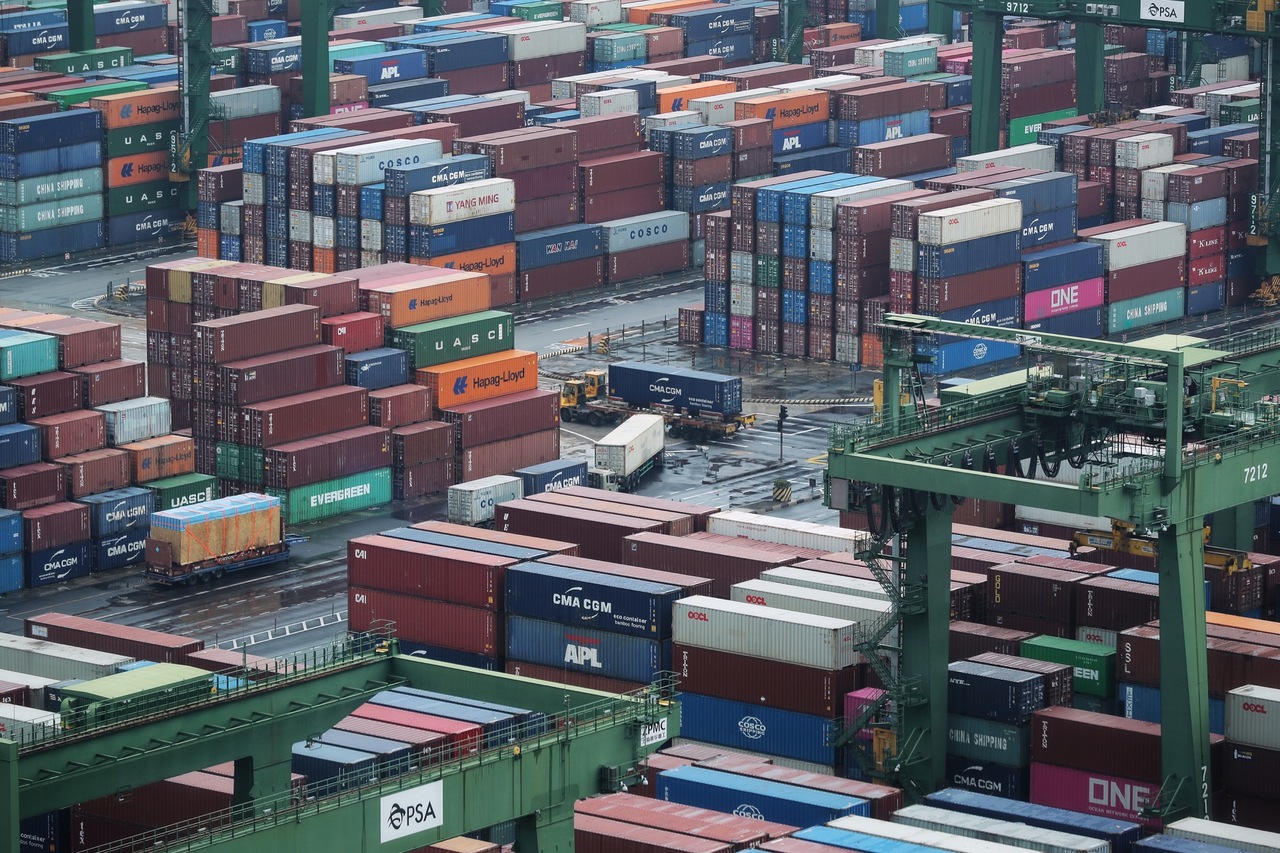Better connectivity, infrastructure can ensure Asean Plus Three remains key part of global value chains, says Indranee
Sign up now: Get ST's newsletters delivered to your inbox

Singapore's global value chains participation rate was 60 per cent in 2019.
ST PHOTO: GAVIN FOO
Follow topic:
SINGAPORE - Asean and its three regional partners - China, South Korea and Japan - should focus on strengthening connectivity and investing in infrastructure to remain a key part of the global value chain, Minister in the Prime Minister's Office Indranee Rajah said on Wednesday (April 7), as she urged the grouping to seize the opportunities thrown up by the pandemic.
Speaking at an Asean+3 Regional Economic Outlook Webinar, she noted that the supply chains comprise about half of the regional and global trade of the 13 economies represented.
Singapore's global value chains participation rate, for instance, was 60 per cent in 2019, the highest in an index compiled by the Asean+3 Macroeconomic Research Office.
"It is a reflection of how we are linked to international trade and a measure of how shifts in trade flows affect our economy," said Ms Indranee, who is also Second Minister for Finance.
At the webinar, panellists spoke about how the massive disruptions to global supply chains caused by the Covid-19 pandemic and the use of digital technology in trade will affect trade patterns, and the implications of this for the Asean Plus Three region.
Ms Indranee noted that the reconfiguration of supply chains presents opportunities and suggested two ways the region can capitalise on them.
The first is to strengthen connectivity through trade agreements such as the Regional Comprehensive Economic Partnership (RCEP) and through initiatives to enhance Asean economic integration, she said.
She hoped for the early ratification and entry into force of the RCEP, the world's largest free trade agreement. It was signed in mid-November 2020 by the 10 Asean member countries and China, Japan, South Korea, Australia and New Zealand.
She added that Asean should also work to bring more partners into the Asean Single Window, a digital platform that allows the electronic exchange of trade-related documents and simplifies customs clearance.
The second way to capitalise on the opportunities, Ms Indranee said, is for the regional grouping to enhance infrastructure investments.
"Good-quality infrastructure like ports and roads need to be ready; and there is an increasing demand from consumers that their supply chains be green and sustainable," she said.
She cited the example of the Phnom Penh Logistics Complex in Cambodia, an initiative under the Asean Smart Logistics Network which uses logistics technology to improve supply-chain processes and resilience.
She also cited the Nongsa Digital Park in Batam, which was set up to help technology companies and digital talents from Indonesia, Singapore and other parts of South-east Asia to tap new opportunities in the digital economy.

